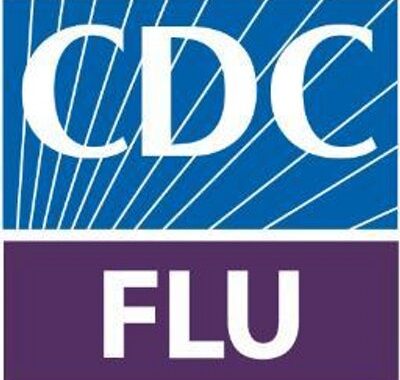Infection control is part of everyday dental care, but it’s often routine tasks where lapses…
First Aid and Patient Emergency Kits in the Dental Office
Dental offices must be equipped to respond to medical emergencies involving both patients and employees. OSHA requires first aid supplies to be readily available in case of an employee injury, while state dental board may require specific equipment in case of a patient incident. Additionally, for patient safety, dentists should follow recommendations from their liability insurance carrier.
Employee First Aid Kit
OSHA requires first aid supplies to be readily available in case of an employee injury. To meet the requirement, you can either use a commercial first-aid kit approved by the American National Standards Institute (ANSI) for basic first aid kits (ANSI Z308.1-1998 – Minimum Requirements for Workplace First Aid Kits). The kit contents listed in the ANSI standard should be adequate for small worksites, and include:
- Absorbent compresses
- Sterile adhesive bandages
- Cleansing agent, soap
- Roller bandage
- Elastic bandage
- Sterile 2×2 and 4×4 gauze
- Tape (paper, adhesive)
- Scissors
- Tweezers
- Disposable latex or vinyl gloves
- Antibiotic ointment
- Triangular bandages
- Thermometer
- Tongue blades
- Lubricant
- Individual-use antiseptic applications
- Individual-use burn treatment applications
- Cold pack or baggies for ice
- Splint
- Safety pins
Most dental offices already have these materials among their office supplies. Dental offices with unique or changing first-aid needs in their workplace may need to provide additional supplies. Dentists should assess the specific needs of their worksite periodically and augment the first aid kit appropriately.
Patient Emergency Kit
It is a good idea to check with your state dental board for specific requirements on what to contain in an emergency medical kit. In some states, if you don’t hold special dental board permits, there are no regulatory specifications. However, because dentists often must perform dental treatment on patients in compromised health, your liability insurance carrier may have specific guidelines for medical emergency management that insured practitioners must follow.
In addition to the items listed above for the employee first aid kit, the following items are recommended as minimum drugs and equipment to have in a dental office’s patient medical emergency kit. Dentists should check with their liability insurance carrier and state dental board for information about specific state requirements.
- Oxygen delivery system with positive-pressure administration capability.
- Drugs: Epinephrine 1:1000 (injectable); histamine-blocker (injectable); nitroglycerin (sublingual tablet or aerosol spray); bronchodilator (asthma inhaler); sugar; aspirin or other pain reliever, antacid.
- Other: A dentist may consider an automated external defibrillator.
Make sure you are thoroughly familiar and comfortable with the drugs and devices included in the kit before using them. Dentists must be knowledgeable about the indications, contraindications, dosages, methods of delivery, and expiration dates of any and all emergency equipment and medications. Dentists must continually monitor the emergency kit, repairing and/or replacing equipment as needed.
Other emergency equipment and supplies may be included as your training and needs mandate.
OSHA Review, Inc. a registered continuing education provider in the State of California, specializing in Dental Practice Act, infection control, and Cal/OSHA training. OSHA Review subscribers in California receive updated regulatory compliance and infection control training thorough our bi-monthly newsletter.



